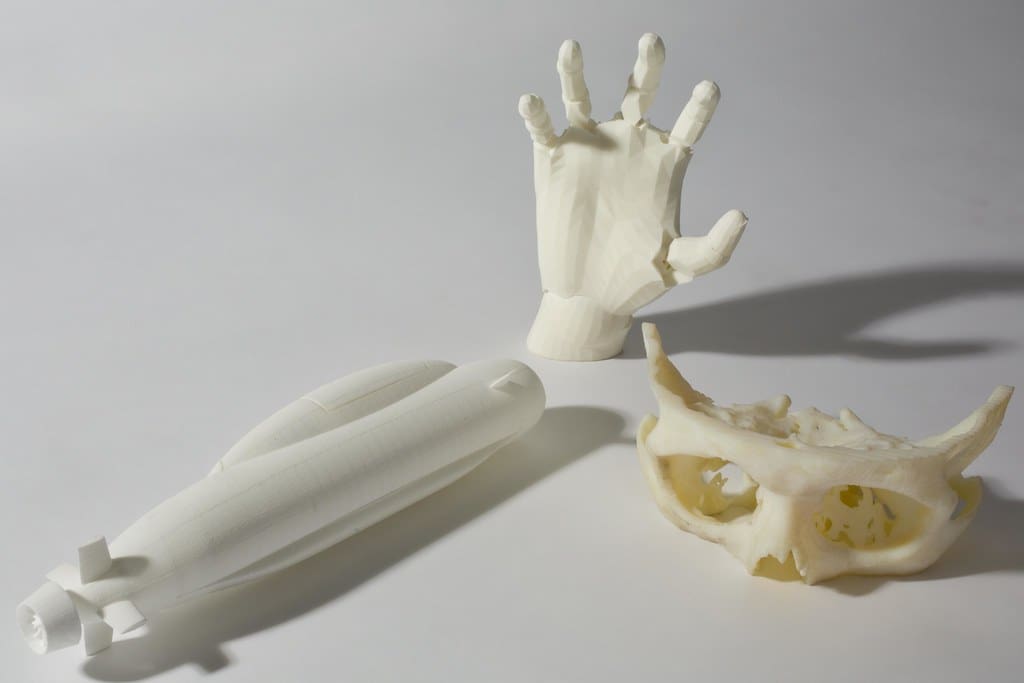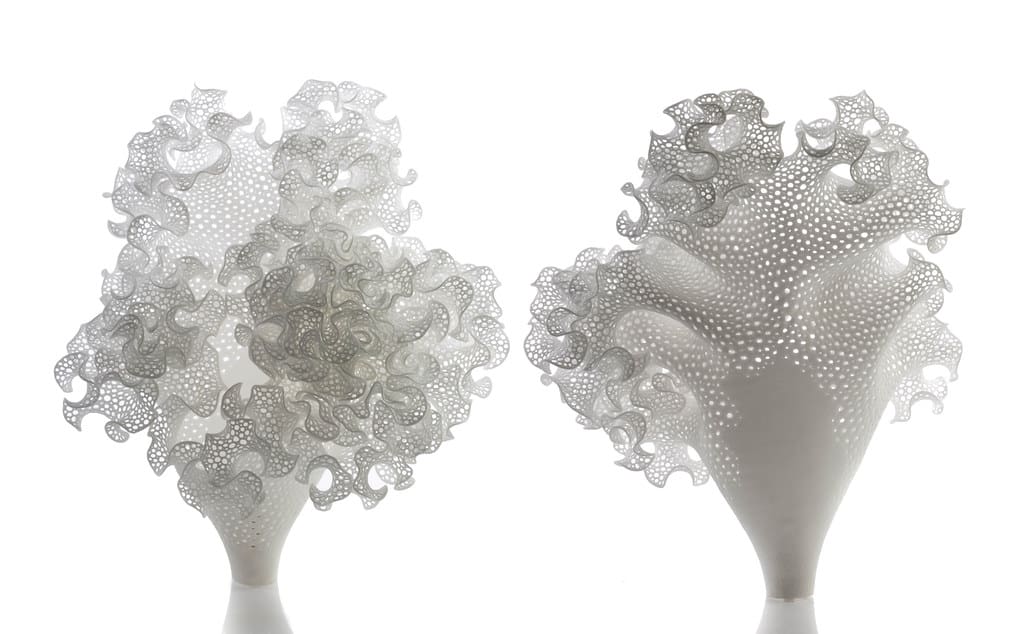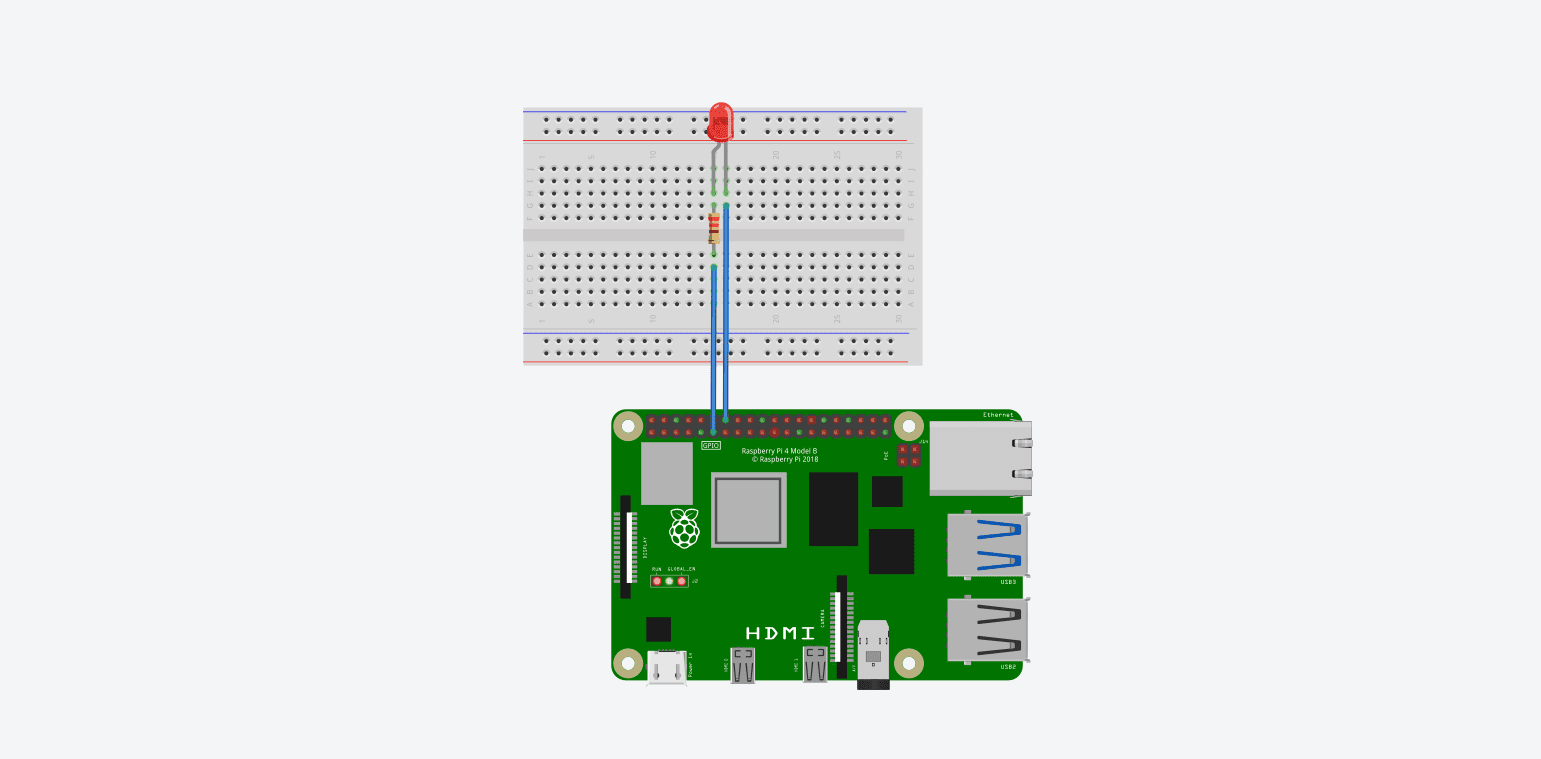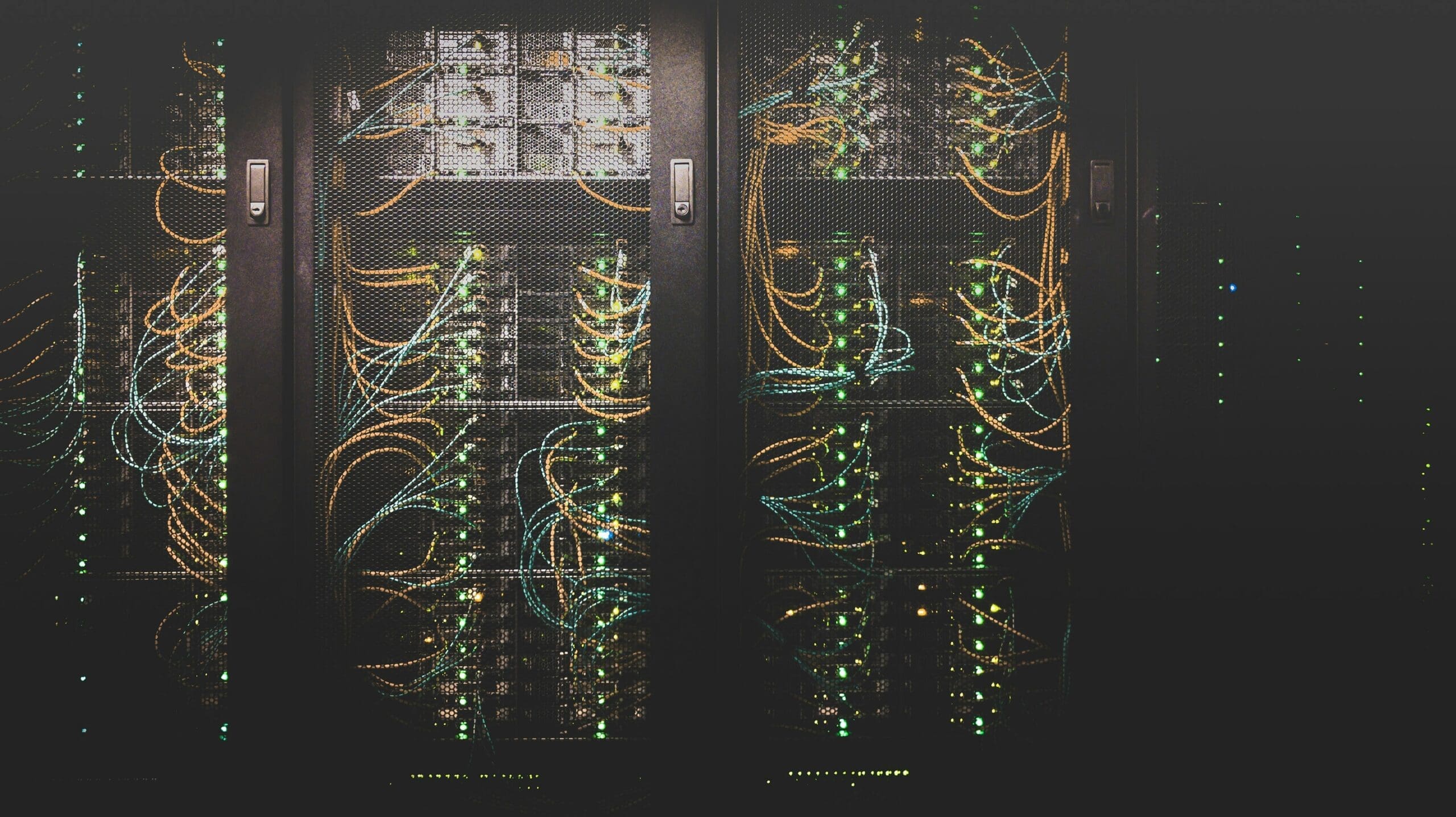Biomechanical engineering, a field at the intersection of biology, mechanics, and engineering, focuses on studying the body’s movements and interactions with various devices and systems. 3D printing, or additive manufacturing, has emerged as a transformative technology within this discipline, offering revolutionary approaches to designing, testing, and producing biomechanical devices that enhance human health and performance. This technology enables the creation of customized, high-precision components essential for prosthetics, orthotics, and other biomechanical aids, fundamentally changing how these devices are conceived and developed.
The Emergence of 3D Printing in Biomechanical Engineering
Originally utilized for prototyping across various sectors, 3D printing has evolved into a core technology capable of producing functional, durable items tailored to specific biomechanical applications. This includes developing orthopedic implants, prosthetic limbs, and wearable devices designed to interact seamlessly with the human body. Advances in 3D printing technologies and materials now allow for the production of items that are not only biomechanically compatible but also biologically friendly, supporting their integration with biological tissues.

Advantages of 3D Printing in Biomechanical Engineering
Customization and Personalization: 3D printing allows for the creation of devices perfectly matched to an individual’s anatomical and physiological characteristics. This personalization is crucial for prosthetics and orthotics, where a precise fit significantly affects comfort and functionality.
Complex Geometries and Functional Integration: The ability to fabricate complex geometries easily is particularly beneficial in biomechanical engineering, where devices often require intricate designs with integrated functionality, such as adjustable features or embedded sensors.
Material Diversity: 3D printing technologies use a wide range of materials, from flexible polymers to high-strength metals, allowing engineers to choose materials that best suit the mechanical and biological requirements of the biomechanical device being produced.
Rapid Prototyping and Iterative Design: 3D printing facilitates rapid prototyping, enabling engineers to quickly produce, test, and refine biomechanical devices. This accelerates the development process, allowing for iterative improvements based on user feedback and performance testing.
Key Applications of 3D Printing in Biomechanical Engineering
Prosthetic Limbs and Components: Custom-designed prosthetic limbs that fit the unique contours of a patient’s residual limb can be produced using 3D printing, improving comfort and mobility. These prosthetics can be enhanced with integrated sensors to monitor usage patterns and adapt to the user’s lifestyle.
Orthopedic Implants and Surgical Aids: Implants such as knee joints and spinal devices are manufactured with 3D printing to match the precise dimensions needed for individual patients, improving surgical outcomes and recovery times. Additionally, surgical guides and tools customized for specific operations can be produced, aiding in more precise and less invasive procedures.
Wearable Biomechanical Devices: From exoskeletons to performance-enhancing suits, 3D printing is used to create wearable devices that assist movement or augment human capabilities, particularly in rehabilitation or athletic training.
Biomechanical Models for Research and Education: Accurate, scale models of human joints, bones, and other anatomical structures can be 3D printed for educational purposes or biomechanical research, facilitating a deeper understanding of human anatomy and biomechanics.

Challenges in 3D Printing for Biomechanical Engineering
Despite its potential, several challenges must be addressed to optimize the use of 3D printing in biomechanical engineering:
Material Performance and Durability: Ensuring that materials used in 3D printing can withstand the mechanical stresses and biological interactions over time is essential. Ongoing research is needed to develop and certify materials that are both durable and biocompatible.
Regulatory and Ethical Considerations: Biomechanical devices, especially those used for medical purposes, must meet stringent regulatory standards. Navigating these requirements can be complex, involving extensive testing and documentation.
Cost and Accessibility: While the cost of 3D printing technology has decreased, the price barrier remains for widespread adoption, particularly in low-resource settings or among individual consumers.
Future Directions in 3D Printing for Biomechanical Engineering
The future of 3D printing in biomechanical engineering is promising, with continuous advancements in 3D printing technologies, materials science, and digital modeling expected to enhance its applications and accessibility. Innovations in multi-material printing and the integration of electronic functionalities directly into 3D-printed devices are likely to drive further advancements in this field.
3D printing is set to continue its transformative impact on biomechanical engineering, offering innovative solutions that improve human health, enhance performance, and increase the functionality of biomechanical devices. As the technology evolves, it promises to redefine the limits of human-machine integration, leading to more sophisticated, effective, and personalized biomechanical solutions.








